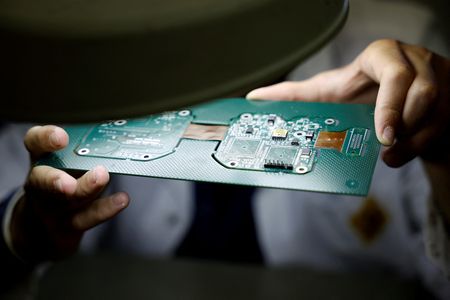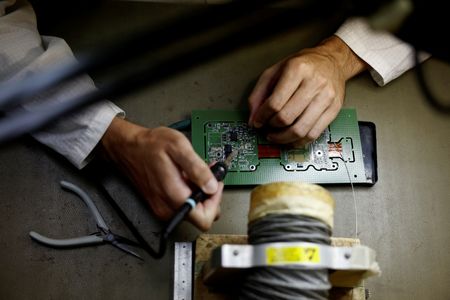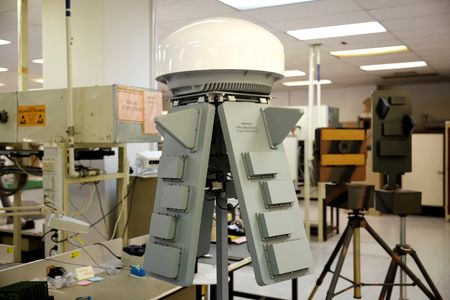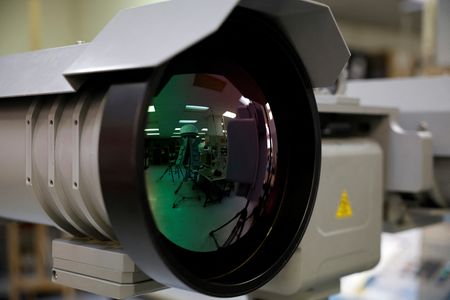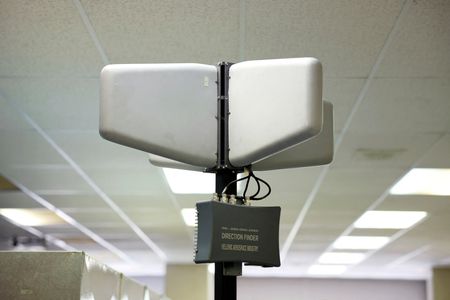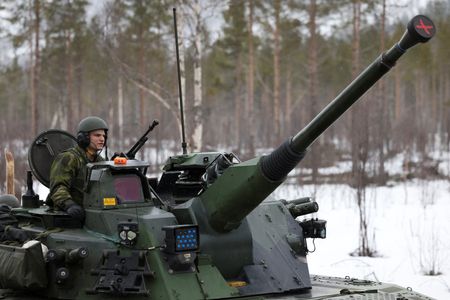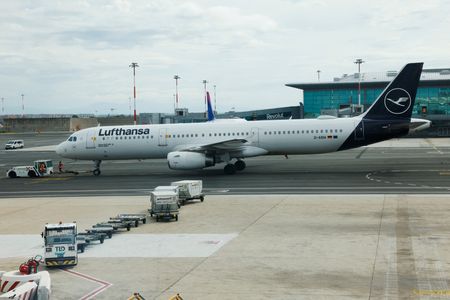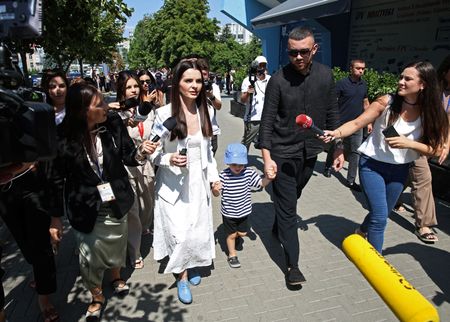By Lefteris Papadimas
ATHENS (Reuters) -It took just minutes for a new Greek-made anti-drone system to show what it is capable of.
On its first test run with a European Union patrol in the Red Sea a year ago, the Centauros system detected and swiftly brought down two aerial drones launched by Yemen’s Houthis, who have been attacking merchant vessels in the busy shipping lane.
Another two drones swiftly retreated: Centauros had jammed their electronics, said Kyriakos Enotiadis, electronics director at state-run Hellenic Aerospace Industry (HAI), which produces the anti-drone system.
The successful test run added impetus to Greek government plans to develop a home-grown industry to mass produce anti-drone and drone systems – part of a 30-billion-euro programme aimed at modernising the country’s armed forces by 2036.
Named after the mythological half-man, half-horse creature, Centauros can detect drones from a distance of 150 km (93 miles) and fire from 25 km (15.5 miles). Greece plans to install it throughout its naval fleet.
“It’s the only battle-proven anti-drone system (made) in Europe,” Enotiadis said, as dozens of employees worked nearby, assembling electronic components of anti-aircraft missiles.
Up until now, Greece has been using only a few dozen ISR – intelligence, surveillance and reconnaissance – unmanned aerial vehicles (UAVs), most of them made abroad, including in France and Israel.
As the multibillion-euro defence programme is rolled out, it will incorporate Greek-made anti-drone and combat drone systems into the armed forces, including its planned anti-aircraft ballistic dome, called Achilles Shield
HISTORIC RIVALRY
Greece’s neighbour, NATO-ally and historic rival Turkey is a prolific drone exporter.
Greece spends nearly 3.5% of gross domestic product on defence due to the long-standing dispute with Turkey, with the domestic defence industry accounting for only a fraction of that.
In the coming decade, it plans to invest some 800 million euros ($925 million) in defence innovation, said Pantelis Tzortzakis, CEO of the newly founded Hellenic Centre for Defence Innovation (HCDI), which is supervised by the Defence Ministry.
“Our target is to export as much as we spend on defence annually,” Tzortzakis said.
Altus, one of a few Greek private companies that manufacture combat drones, in cooperation with France’s MBDA, has produced Kerveros – a vertical take-off and landing UAV with a payload of more than 30 kg (66 pounds) that includes advanced anti-tank missiles.
“I’m very optimistic about the Greek drone industry,” said Zacharias Sarris, co-owner of Altus, which already exports ISR drones to five countries.
“Greece has a great need for this technology,” he added, referring to the country’s complex geopolitical position.
In the meantime, HAI is aiming high.
In 2026, it will start mass-producing two more portable anti-drone systems called Iperion and Telemachus, designed to protect troops from drone swarms and lethal mini drones.
It will also present its first big unmanned aerial vehicle, Archytas, named after the ancient Greek inventor said to have produced the first autonomous flying machine in about 400 BC.
“We are striving for this UAV to be the best of its kind,” said Nikos Koklas, the company’s director of new products.
($1 = 0.8643 euros)
(Reporting by Lefteris Papadimas;Editing by Helen Popper)

